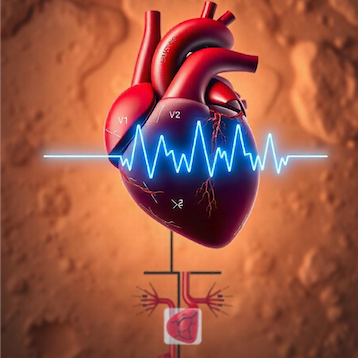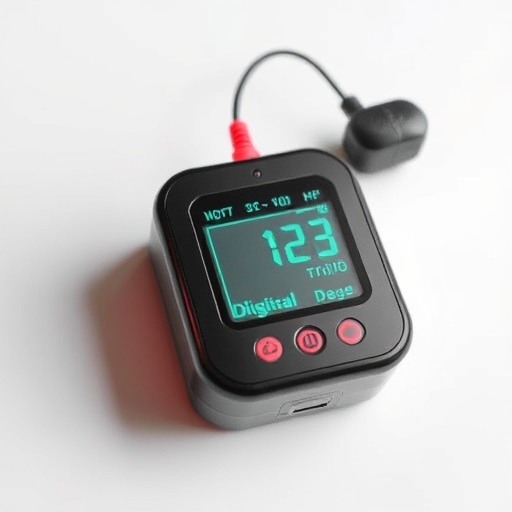Acute interventional management of spontaneous coronary artery dissection: case series and literature review

Published: March 28, 2024
Abstract Views: 2935
PDF: 94
HTML: 19
HTML: 19
Publisher's note
All claims expressed in this article are solely those of the authors and do not necessarily represent those of their affiliated organizations, or those of the publisher, the editors and the reviewers. Any product that may be evaluated in this article or claim that may be made by its manufacturer is not guaranteed or endorsed by the publisher.
All claims expressed in this article are solely those of the authors and do not necessarily represent those of their affiliated organizations, or those of the publisher, the editors and the reviewers. Any product that may be evaluated in this article or claim that may be made by its manufacturer is not guaranteed or endorsed by the publisher.
Similar Articles
- Giuseppe M.C. Rosano, Andrew J.S. Coats, Modulation of cardiac metabolism in heart failure , Global Cardiology: Vol. 2 No. 3 (2024)
- Cecilia Salzillo, Lorenzo Giovannico, Giuseppe Fischetti, Gerardo Cazzato, Mario Magistro, Grazia Nucci, Gabriella Serio, Andrea Marzullo, Preliminary study on the immunohistochemical expression of galectin-3 in hypertrophic hearts , Global Cardiology: Vol. 2 No. 2 (2024)
- Thomas Bernd Dschietzig, Guy Salama, Relaxin-2 for heart failure with preserved ejection fraction: a comment on the termination of a phase-II trial investigating the relaxin-2 analogue, LY3540378 , Global Cardiology: Vol. 2 No. 4 (2024)
- Muhammad Shariq Usman, Arsalan Hamid, Shurjeel Uddin Qazi, Mikhail N. Kosiborod, Deepak L. Bhatt, Muhammad Shahzeb Khan, Muthiah Vaduganathan, Javed Butler, The effect of SGLT2 inhibitors on health status in patients with heart failure: a systematic review and meta-analysis , Global Cardiology: Vol. 2 No. 2 (2024)
You may also start an advanced similarity search for this article.

 https://doi.org/10.4081/cardio.2024.22
https://doi.org/10.4081/cardio.2024.22
















